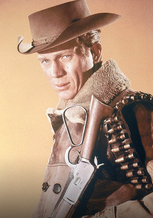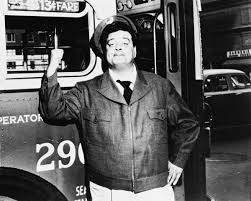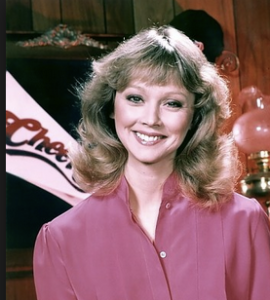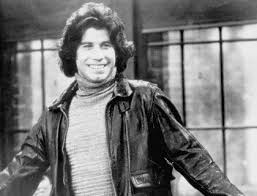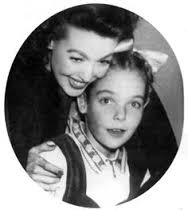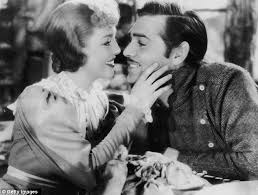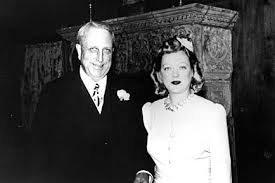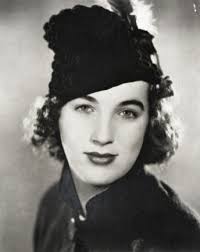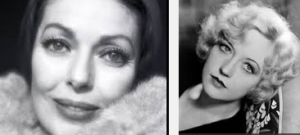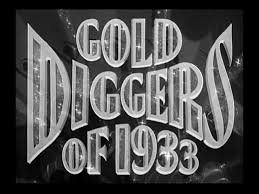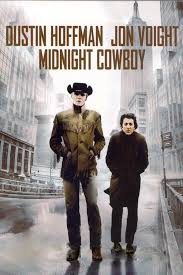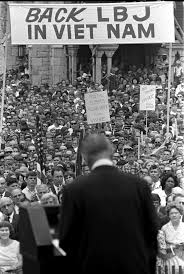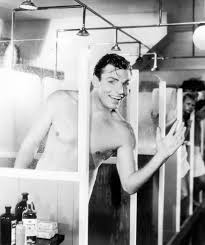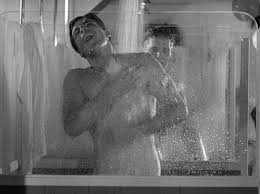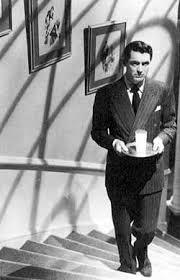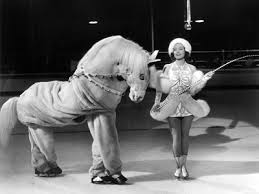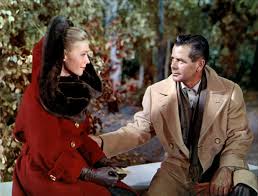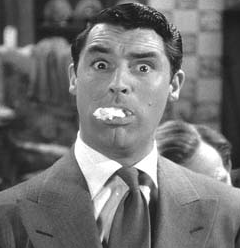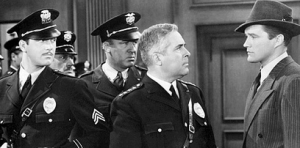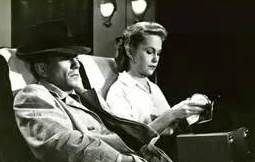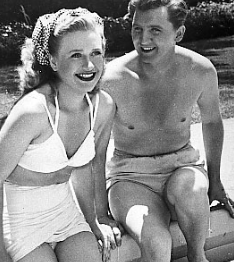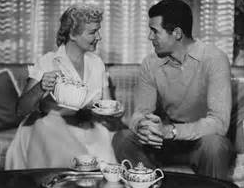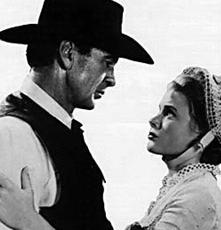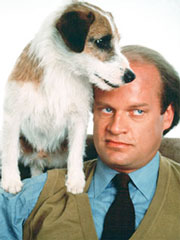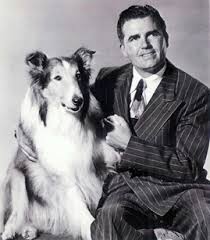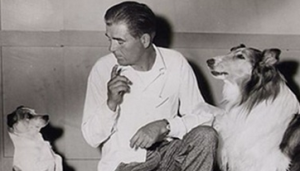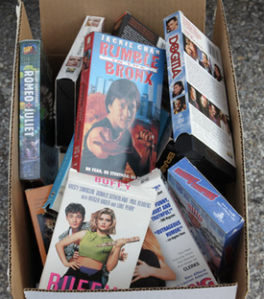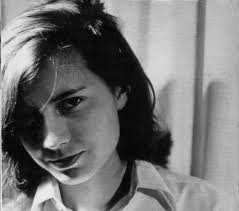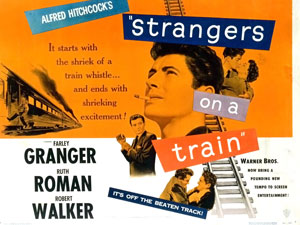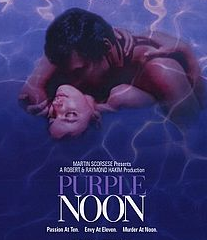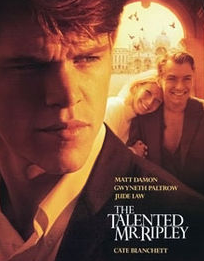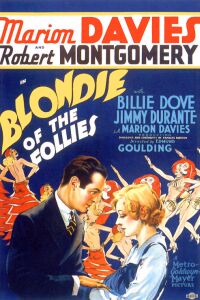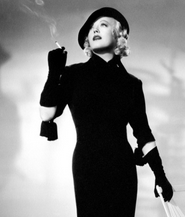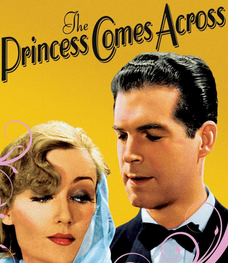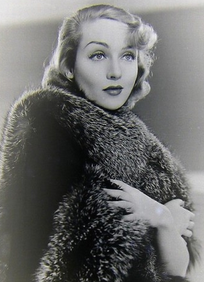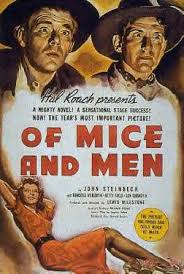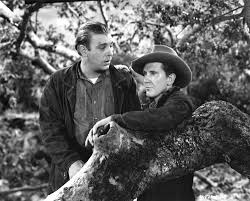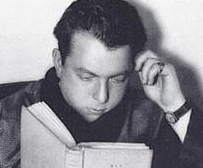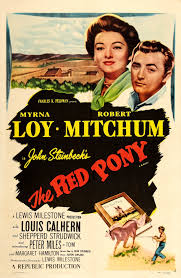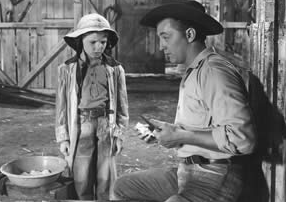Some television stars try desperately to become movie stars. For every success like Steve McQueen, there is someone like McQueen’s costar in SOLDIER IN THE RAIN– Jackie Gleason– who is unable to transition. Or maybe they have limited success, but they are so identified with the television roles that made them household names it is almost impossible to transfer their small screen stardom to the big screen.
Gleason had been a supporting player in movies at Warner Brothers in the early 1940s. But he did not achieve his greatest fame until he played lovable Ralph Kramden in the fifties on The Honeymooners. Maybe if he had made a feature film about the Kramdens, his movie chances might have been better. This is not to say the films Gleason made in the 60s were terrible; on the contrary, some of them were quite good– like THE HUSTLER and PAPA’S DELICATE CONDITION. However, try as he did, Gleason was not able to transform himself into a motion picture lead like other comedians of his generation. Interestingly, he would keep appearing in films until his death in the 1980s, so obviously he was not a quitter. But for every SMOKEY AND THE BANDIT and NOTHING IN COMMON, there was a misfire like THE TOY.
Of course, Gleason wasn’t the only one caught in a TV holding pattern. Other actors who hit it big on television also failed to score with the movie-going public. Shelley Long became well-known as Diane Chambers during the early seasons of NBC’s sitcom Cheers, but her jump to movies was almost career suicide. While she had a modest success with OUTRAGEOUS FORTUNE (propelled in large part by costar Bette Midler), she didn’t fare too well with follow-ups like HELLO AGAIN and TROOP BEVERLY HILLS (which had a budget of $18 million and only made $8 million at the box office). Soon, Shelley Long was back on television, in a new sitcom which tanked, and she was lucky to get good guest roles on any series that would have her.
It makes a person wonder why a popular actor on a hit television series would leave midstream and try to make it as a bonafide movie star. Is it because there’s a little voice inside their head saying it’s time to strike while the proverbial iron is hot? Maybe that voice is their agent’s. Or perhaps there is a general dissatisfaction with the weekly series grind, and enough ego to push ahead and test the waters. Look at all the ex-cast members of Saturday Night Live who tried. Look at Welcome Back, Kotter and that guy Vinnie Barbarino.
